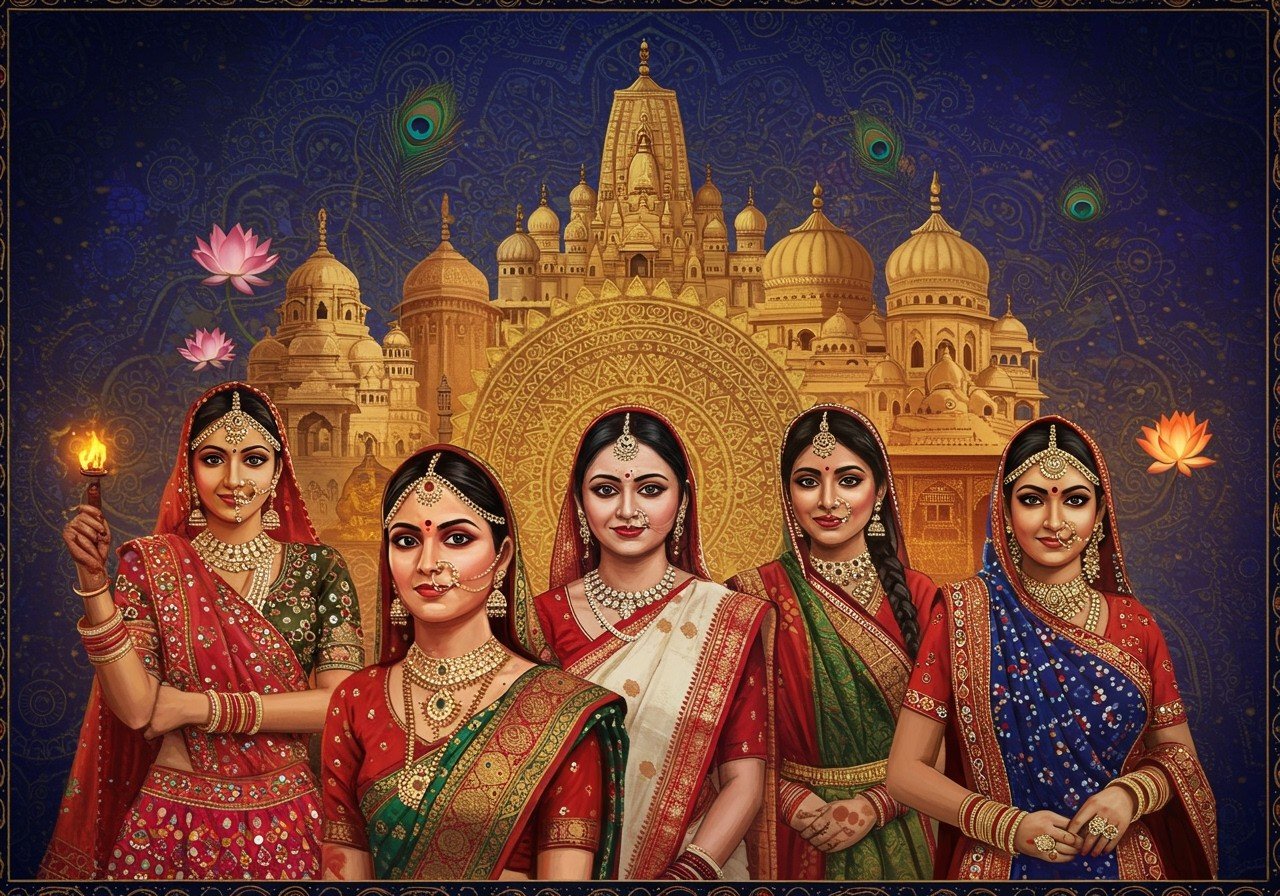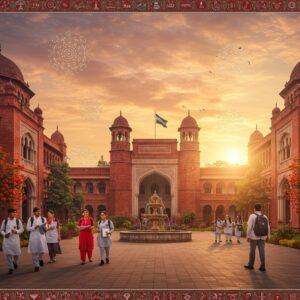
The Indian subcontinent, a region nestled below the Himalayas, encompasses India, Pakistan, and Bangladesh, supporting a vast portion of the world’s population. With India alone accounting for over 18% of the global population while occupying just 2.41% of the world’s land area, understanding its demographic landscape is crucial. This exploration delves into the population dynamics, linguistic diversity, and ethnic makeup of this captivating region, offering a deeper appreciation for its rich cultural tapestry.
Population Dynamics: A Glimpse into the Numbers
The Indian subcontinent, according to updated information, primarily includes India, Pakistan, and Bangladesh, and is one of the most densely populated regions globally. This high population density is attributed to favorable climate conditions, abundant water resources, and fertile land, making the area highly productive for agriculture.
- India: Houses over 1.4 billion residents, representing a significant portion of the global population.
- Pakistan: Has a population of around 230 million people, contributing to the subcontinent’s demographic weight.
- Bangladesh: Is home to approximately 170 million inhabitants, adding to the subcontinent’s dense population.
Population Growth and Distribution
The subcontinent’s population is experiencing rapid growth, particularly in urban centers. Major cities like Mumbai, Delhi, Karachi, and Dhaka are expanding rapidly due to migration from rural areas, driven by the pursuit of better employment prospects and improved living standards. According to the 2001 census, India’s population distribution leans towards rural areas, with 72.2% residing in villages and 27.8% in urban areas. This rural-to-urban shift significantly impacts resources, infrastructure, and the overall quality of life.
Demographic Indicators
- Age Distribution: The subcontinent boasts a predominantly young population, indicating future growth potential.
- Fertility Rates: Fertility rates exhibit variations across different regions, influencing population growth patterns.
- Life Expectancy: Life expectancy is steadily improving across the subcontinent, but disparities still exist between regions and communities.
Migration, both within and across borders, further shapes the demographic landscape, affecting local economies and social dynamics.
Linguistic Diversity: A Symphony of Languages
The Indian subcontinent is renowned for its remarkable linguistic diversity, with hundreds of languages spoken across the region. This linguistic richness adds to the cultural vibrancy and complexity of the subcontinent.
- India: Major languages include Hindi, Bengali, Telugu, Marathi, Tamil, Urdu, and Gujarati, reflecting the country’s diverse cultural heritage.
- Pakistan: Prominent languages are Urdu, Punjabi, Sindhi, Pashto, and Balochi, showcasing the country’s linguistic tapestry.
- Bangladesh: Bengali is the most widely spoken language, serving as a unifying factor for the nation.
Language plays a pivotal role in shaping cultural identity, social cohesion, education systems, media landscapes, and governmental functions.
Ethnic Groups: A Tapestry of Cultures
The Indian subcontinent is a melting pot of diverse ethnic groups, each with its own distinct traditions and histories. This ethnic diversity contributes to the region’s vibrant cultural mosaic.
- India: Home to a multitude of ethnic groups, including Indo-Aryans, Dravidians, and Mongoloid groups, each contributing to the nation’s rich heritage. For more on understanding Dharma and righteous living, see this post: Dharma: Understanding Righteous Living and Its Principles.
- Pakistan: Key ethnic groups include Punjabis, Sindhis, Pashtuns, and Baloch, each with unique cultural contributions.
- Bangladesh: Predominantly Bengali, with tribal communities like Chakma and Garo adding to the ethnic diversity.
Ethnic diversity significantly influences social dynamics and political landscapes. Understanding these diverse groups is essential for appreciating the intricate cultural tapestry of the subcontinent. For insights on planning a meaningful pilgrimage, explore this guide: Pilgrimage Planning: Your Guide to a Meaningful Journey.
Poojn.in: Your Gateway to Cultural Goods
Poojn.in, India’s leading online store for cultural and religious products, caters to the diverse needs of the subcontinent’s population. We offer a wide array of items, including:
- Tulsi Kanthi Mala: Embrace tradition with authentic Tulsi malas.
- Indian Sandal Incense Sticks: Enhance your spiritual practices with fragrant incense.
- Laddoo Gopal Murti: Find beautifully crafted deities for your home temple.
Visit Poojn.in today to explore our vast collection and discover items that resonate with your cultural and spiritual needs.


